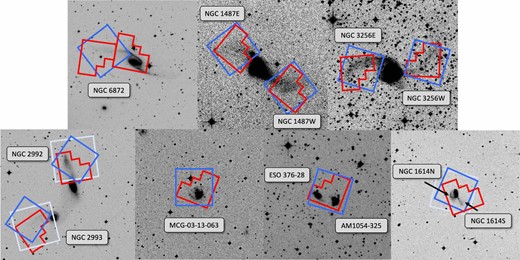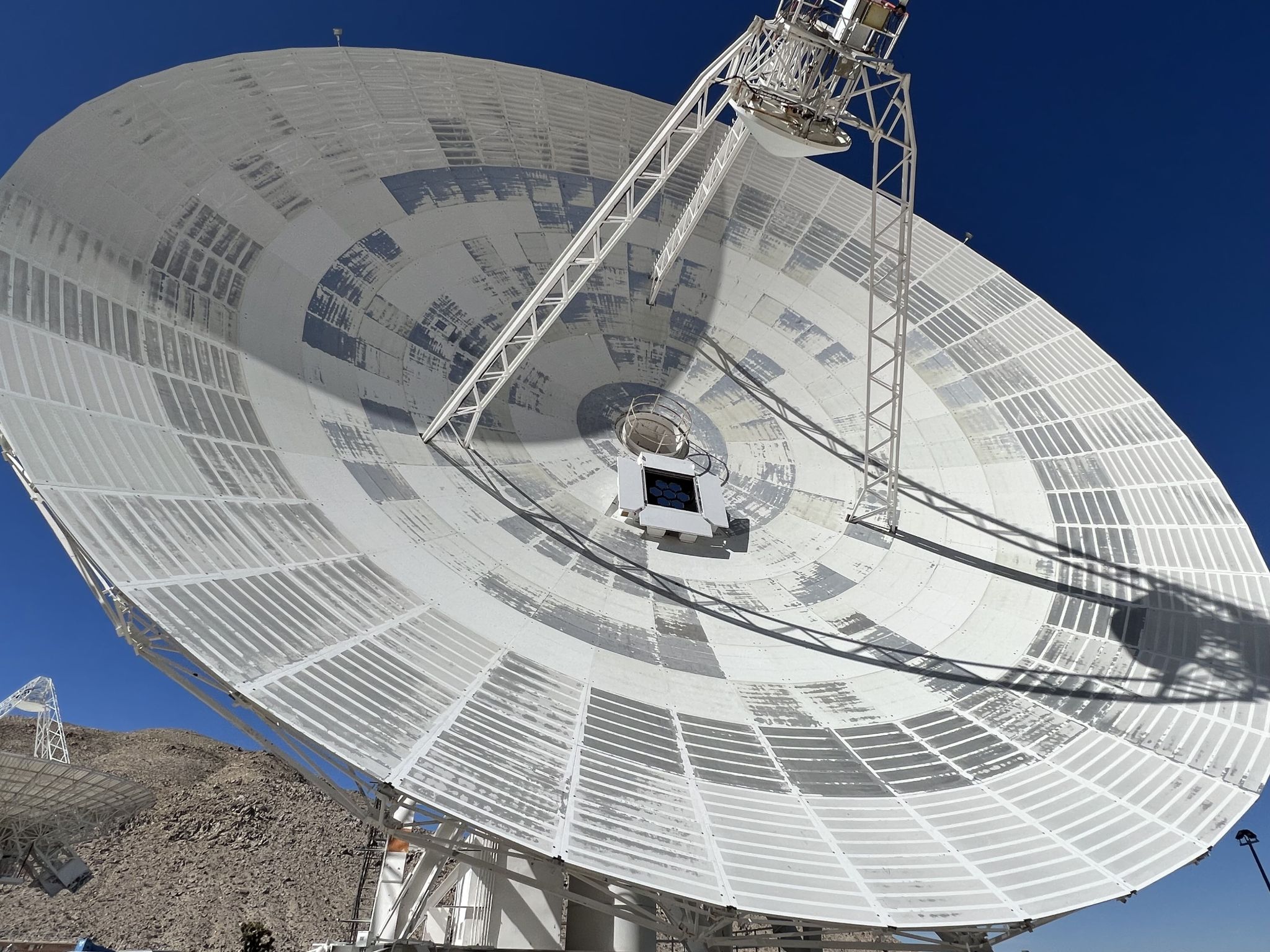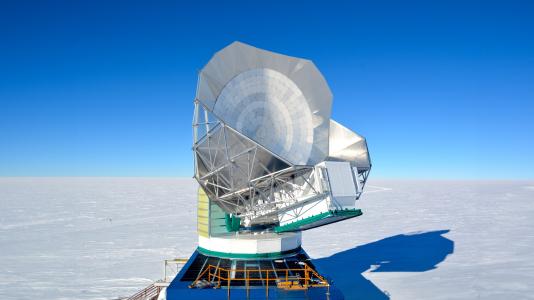2024-02-08 NASA
◆ハッブルの鋭い解像度と紫外線への感度により、これらの尾に沿って425の新生星の集団が見つかり、ホリデーライトのように見える。これらの集団は非常に若く、10億年しか経っていないことが分かり、数千光年にわたって形成されている。
<関連情報>
- https://science.nasa.gov/missions/hubble/nasas-hubble-traces-string-of-pearls-star-clusters-in-galaxy-collisions/
- https://academic.oup.com/mnras/article/526/2/2341/7286662
潮汐デブリに含まれる星団 Star clusters in tidal debris
Michael Rodruck, Jane Charlton, Sanchayeeta Borthakur, Aparna Chitre, Patrick R Durrell, Debra Elmegreen, Jayanne English, Sarah C Gallagher, Caryl Gronwall, Karen Knierman …
Monthly Notices of the Royal Astronomical Society Published:29 September 2023
DOI:https://doi.org/10.1093/mnras/stad2886

ABSTRACT
We present results of a Hubble Space Telescope (HST) UBVI-band study of star clusters in tidal tails, using new WFC3 and ACS imaging to complement existing WFPC2 data. We survey 12 tidal tails across seven merging systems, deriving ages and masses for 425 star cluster candidates (SCCs). The stacked mass distribution across all systems follows a power law of the form dN/dM ∝ Mβ, with β = −2.02 ± 0.15, consistent with what is seen in other star-forming environments. GALEX and Swift UV imaging provide star formation rates (SFRs) for our tidal tails, which when compared with ages and masses of our SCCs, allows for a determination of the cluster formation efficiency (CFE). We find the CFE increases with increasing SFR surface density, matching the theoretical model. We confirm this fit down at SFR densities lower than previously measured (log ΣSFR (M⊙ yr−1 kpc−2) ≈ −4.2), as related to the CFE. We determine the half-light radii for a refined sample of 57 SCCs with our HST WFC3 and ACS imaging, and calculate their dynamical age, finding the majority of them to be gravitationally bound. We also provide evidence of only low-mass (<104 M⊙) cluster formation in our nearest galaxy, NGC 1487, consistent with the theory that this system is a dwarf merger.



